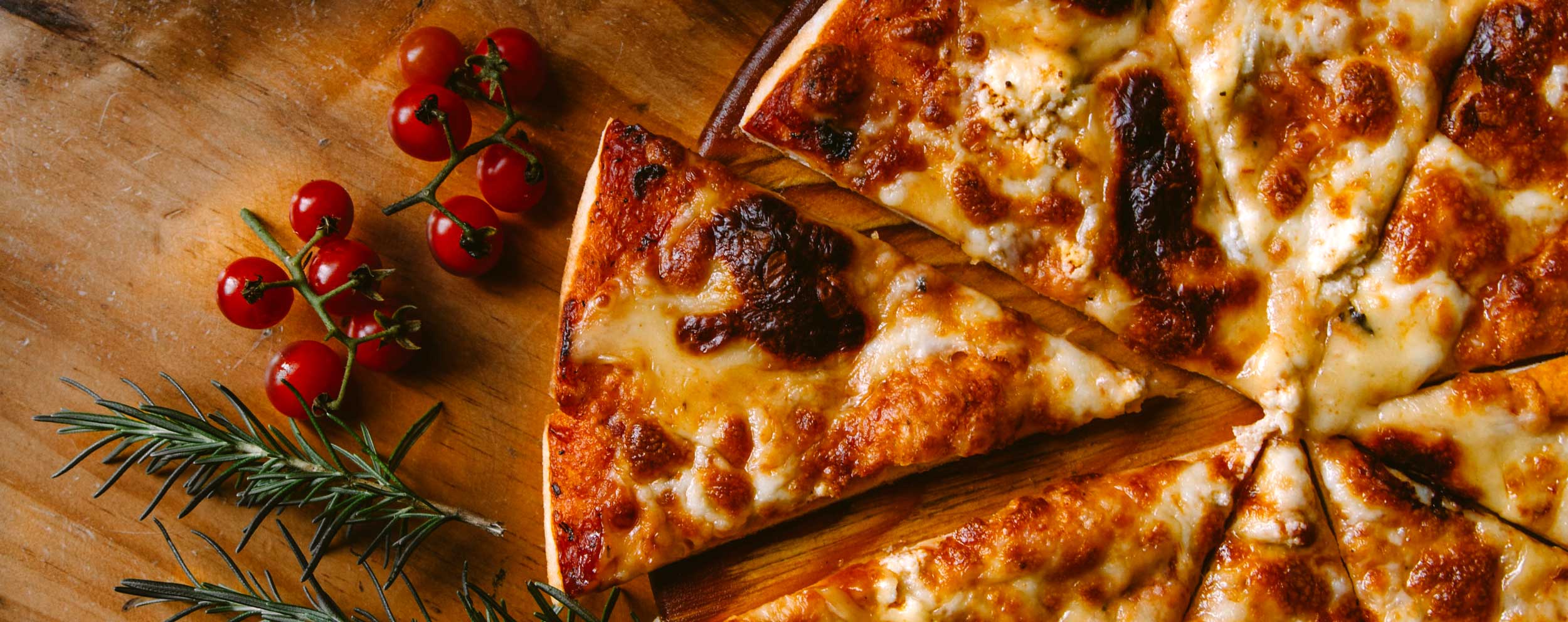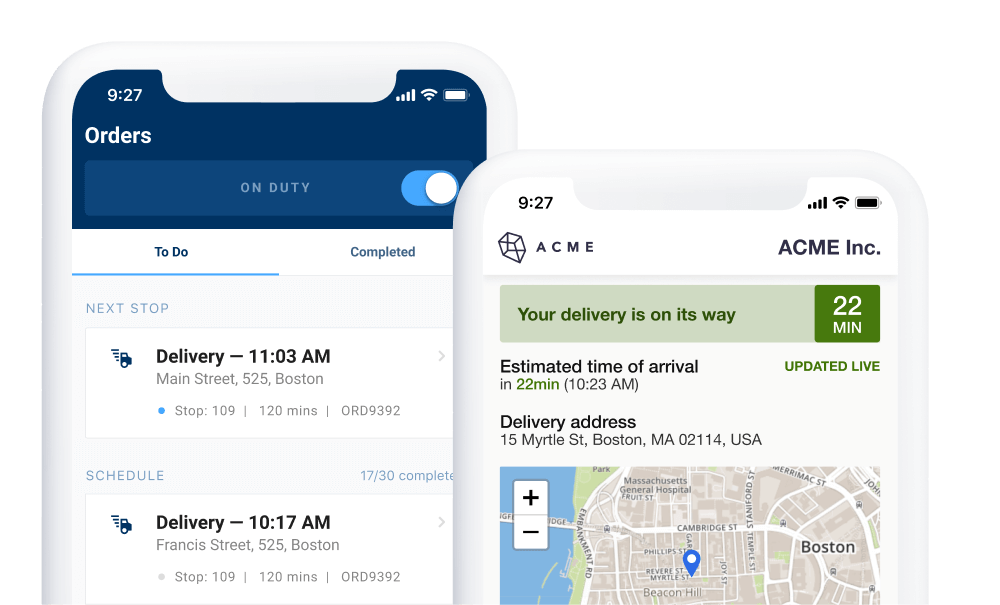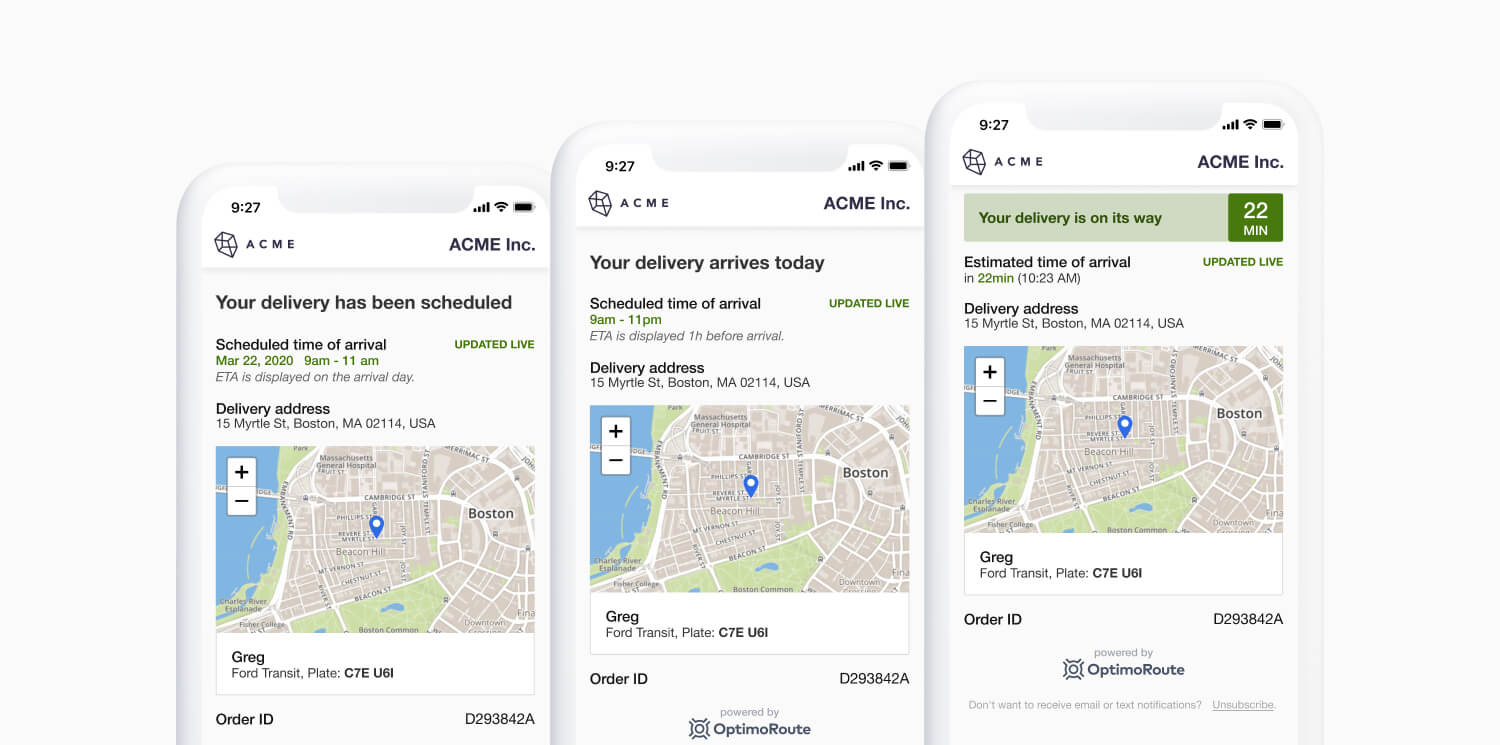How to Start a Food Delivery Business: From Business Plan to Expansion
9 min read

When you picture your future food delivery business, you probably envision yourself engulfed in sweet aromas as you stir your signature dish over a hot stove. But if you want to light up the taste buds of swooning patrons, you’ll need to have more than a love for culinary innovation. You need a solid understanding of business procedures, like budgeting and delivery driver routing, too.
This guide is designed to help you conquer all of the non-food related parts of your business. Whether you’re just starting out, ready to launch, or looking to expand an existing food delivery business, these tips and strategies will help you grow your business successfully. Plus, learn how OptimoRoute streamlines routing, scheduling, and planning, so you can focus on the fun part — the food.
Jump to your step:
- Step 1: Formulate a Food Delivery Business Plan
- Step 2: Purchase Equipment and Hire Your Team
- Step 3: Take a Test Run
- Step 4: Open Your Food Delivery Business With a Bang
- Step 5: Scale and Expand Your Business
Step 1: Formulate a Food Delivery Business Plan
Before you design a menu or perfect your signature dish, you need to form a food delivery business plan (or business recipe). You can always spice it up or modify it when you feel inspired, but these are the essential steps for creating a successful business model.
Find your differentiator
Choose a unique approach to make your business stand out. Local Roots NYC’s differentiating factor, for example, is that their farm delivery business only sells food from “hyper-local” farms — ones that are within a two-hour radius of NYC. Domino’s Pizza sets themselves apart in a highly competitive market by offering unparalleled convenience and unique delivery options.
How do you find your differentiating factor? You’ll have to conduct market research. Explore your competition — order takeout from local restaurants and food delivery services. Look for gaps in their offerings so that you can offer something they don’t, whether it’s a particular dish, shorter delivery time, or a different type of food.
Plan your logistics
Logistics management is a large part of running a food delivery business. We’ll dive into software you can use to simplify route planning and order management in step 2. For now, here’s what you need to do:
- Find a kitchen. Unless your local laws allow you to cook in your home kitchen, you’ll need to rent a commissary or commercial kitchen. If you’re adding restaurant delivery to an existing dining establishment, make sure you set aside dedicated kitchen space for delivery orders. You’ll need a space for drivers to gather delivery orders without interrupting your dine-in workflow.
- Map out your territory. Start small. You can always expand once you have a firm understanding of how long deliveries take and how many orders your drivers can handle at one time. Software such as OptimoRoute can help with this. If you’re starting a weekly subscription service, such as a meal prep or grocery delivery business, consider dividing your territory into manageable zones. For example, Tomato Mountain Farm offers delivery to each of their zones on a specific day of the week. This makes deliveries more efficient and cuts down on their carbon footprint.
- Choose your fleet. If you buy your own delivery vehicle(s), you’ll have the freedom to wrap or brand the exterior. Owning your own vehicle also simplifies maintenance and gas expenses. But it’s a large investment. If you aren’t able to purchase or lease a delivery vehicle right away, you can have your drivers use their own vehicles. You’ll just need to outfit them with extra supplies, such as ice packs or insulated bags, to ensure the food is safely transported.
- Know if you need reverse logistics. Reverse logistics is the process of picking up items from customers and bringing them back to your establishment or to another location. Meal delivery businesses such as Oco Meals use reverse logistics to pick up reusable food containers. Oberweis Dairy uses reverse logistics to pick up empty milk bottles. Reverse logistics solutions can help you differentiate your business by providing a unique customer experience.
Check out the competitors you identified in your market research and see how they handle logistics. You may be able to learn from their systems, or you may find gaps in their systems that you can capitalize on to get an advantage. It can also be very helpful to find a mentor — a restaurant owner or someone who has set up their own food delivery business and can give you guidance. Finally, if your food delivery business requires warehousing, check out our guide to food warehousing for tips on how to optimize storage.
Budget
Once you’re armed with an understanding of both your market and your logistics requirements, it’s time for budgeting, revenue forecasting, and demand forecasting. You must calculate:
- Projected earnings – Estimate what you think your revenue will be. You need this projection to determine your risks, when your business will break even, and how much upfront cost you can sustain.
- Expenses – Add up the cost of supplies, vehicles, etc., you will need to buy upfront, as well as those you will need to buy in the first three years you are in business. Don’t forget to include payroll expenses, business licensing fees, vehicle maintenance, gas, and tolls.
You also need to create a balance sheet and pay close attention to billing cycles. If you have more money going out in one 30-day period than coming in, you’re going to have a cash flow problem. If you offer weekly meal deliveries, you may want to consider billing clients at the beginning of each three-month season, rather than billing each week. This can help mitigate cash flow concerns.
Recommended Reading: Calculate Your Startup Costs ; How to Finance a Small Business ; Sales Tax by State: To-Go Restaurant Orders
Step 2: Purchase Equipment and Hire Your Team
Now that you have a plan, it’s time to arm yourself with essential tools and hire your team. Make thoughtful decisions about both, and you’ll set yourself up for long-term success.
Get an edge with the right tech stack
You have to take advantage of the most advanced technology. If you don’t, one of your competitors will — and they will deliver a superior customer experience because of it.
Route optimization software is an absolute must-have for delivery businesses because customers have high expectations. Thanks to companies like Amazon, fast and free delivery is considered a standard offering, not a luxury, and manual planning is obsolete.
At OptimoRoute, we help businesses maintain a competitive edge, drive revenue, and scale quickly and efficiently. Our software automates delivery route planning, driver scheduling, customer notifications, and more, which has empowered food delivery businesses like Hardie’s Fresh Foods to increase their on-time delivery rate from 89% to 94%. Using OptimoRoute, Tomato Mountain Farm quadrupled their subscriber volume and added two new delivery vehicles to their fleet while remaining profitable.

Reduce your operational costs by 30%
Increase delivery capacity by 43%
Plan 7x faster
In addition to route optimization software, you will need a website. We recommend using a POS (Point of Sale) system to accept and track payments as well as creating your own mobile application. According to Omnivore, “70% of restaurant’s digital orders come through its mobile app or website.” This does not include third-party food delivery platforms like Grubhub, Postmates, or Uber Eats, so it’s important to have your own online and app presence.
Assemble your dream team
As a startup, it’s vital for you to hire the right team. You’ll be working closely with your employees, and smart hiring decisions drive revenue, so make sure you hire like-minded individuals who share your vision. Happy employees who enjoy their work are more productive, which is especially important when your food delivery company is striving to break even.
Choose delivery drivers with customer service skills. You can easily provide your drivers with turn-by-turn navigation using route optimization software, so mapping skills aren’t as important as communication and people skills. Delivery drivers will be the only representative many of your customers meet in person. Choose drivers who are most likely to make a positive impression.
Pro Tip: OptimoRoute can reduce your payroll expenses by cutting down the work hours needed to plan and route deliveries. Businesses like Telgian have reduced planning manpower by as much as 66%.
Choose packaging that is in-line with your brand
Delivery packaging and presentation can go a long way toward earning you repeat sales, but only if it’s in-line with your brand. Say your market research showed a gap in sustainable food delivery in your area. You decide to open an organic and eco-friendly meal kit delivery business. It would be smart to choose biodegradable or reusable cartons because they are in-line with your brand image and marketing strategy.
Even if you’re not building an eco-centric brand, most consumers prefer to order from delivery businesses that use biodegradable or recyclable containers. Regardless, every piece of your business should form a cohesive brand — including the packaging you transport your food in.
Step 3: Take a Test Run
Open your business to a limited client base, so your whole team can practice and work out kinks in your physical workflow.
Track how long it takes drivers to deliver to different areas and how much time they require at each stop. Use the insights you glean from taking a test run to finesse your routing and scheduling. The more concrete information you have, the better your capacity plan will be, and the easier you will be able to scale operations when demand picks up. You can also use your test run to get feedback from potential customers regarding pricing and which features, food options, and services they most enjoy.
Pro Tip: OptimoRoute automatically tracks information, including actual routes taken by drivers vs. planned routes, the time each delivery was made, and on-time delivery rates. You can access these delivery statistics at any time in your advanced analytics dashboard and use these insights to adjust delivery zones, see how each of your drivers is performing, and know exactly what it will take to scale your business when you want to expand.

Step 4: Open Your Food Delivery Business With a Bang
You don’t have to spend a ton of money on marketing right away, but you will need to get the word out about your business. More than half of the respondents surveyed for Nielsen’s Global New Product Innovation Report said that they learn about new products from friends and family. Referral marketing is a powerful tool, so make it easy for happy customers to tell their friends about your business. Add a “refer a friend” button to your emails, website, and app. You can even incentivize your target audience to tell their friends about your business by offering a referral discount or rewards program.
Use social media to create a buzz and interact with your target market in a meaningful way. You can boost engagement without spending money by creating a post with a simple question — one that won’t take long for a consumer to answer, but they’re likely to have an opinion about it.
For example, let’s say you serve Mexican food. You could post a photo of your tacos next to a photo of tortas and say something like, “Taco Tuesday or Torta Tuesday? What do you prefer?” These types of posts can garner a lot of comments that will organically boost that post’s visibility and open your business up to a wider audience. You could also get the word out about your business by partnering with influencers in your area.
Pro Tip: Use OptimoRoute’s customizable customer notifications to encourage your patrons to share their experiences with friends.

Step 5: Scale and Expand Your Business
The key to successfully growing a business is to optimize it — to make sure every process is running at peak efficiency. Optimization is how successful businesses maximize revenue, reinvest, and scale. Tomato Mountain Farm was able to expand their client base from 300 to 1,200 subscribers in 30 days by optimizing deliveries with OptimoRoute. Local Roots NYC optimized their delivery procedure to overcome COVID-19 restrictions and scale from 50 to 1,000 weekly deliveries in just one month.
When you’re operating at peak efficiency and you know exactly how much money, time, and manpower every process takes, scaling and expanding are easy.
Learn how to optimize your food delivery business by type:
- Meal Prep Business
- Catering Business
- Grocery Delivery Business
- Farm Delivery Business
- Alcohol Delivery Business
Grow Fast and Efficiently With OptimoRoute
Whether you’re thinking of starting a catering business, a meal-prep business, or anything else with food delivery, OptimoRoute can help.
At OptimoRoute, we’ve helped hundreds of food delivery businesses at all stages, from launch to scaling and adding new territories. We understand the struggles facing delivery teams, and we want to help you reach your goals. We offer a 30-day free trial (no credit card info required), so you can truly experience all our software has to offer. Our support team is available to help you get started, walk you through our features, and answer questions.
Try OptimoRoute™ for Free
No installation or credit card required


